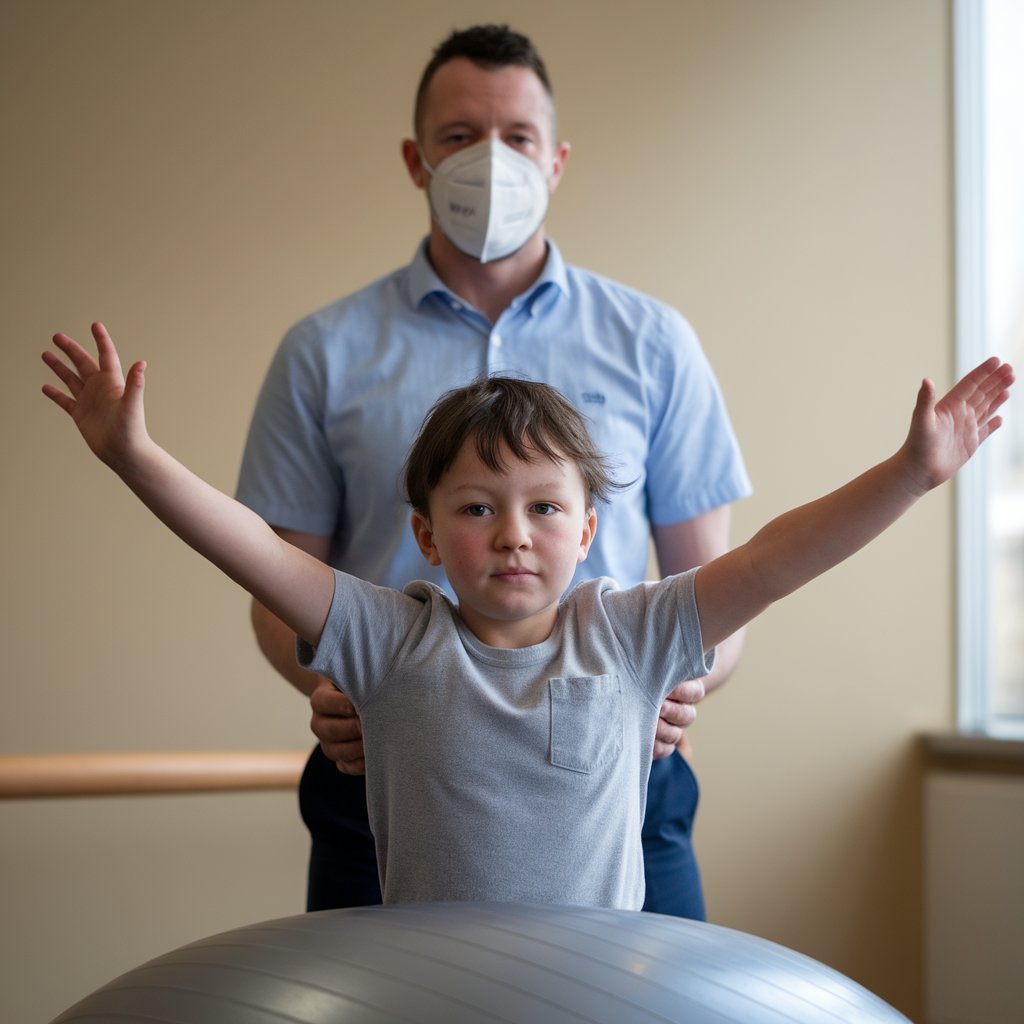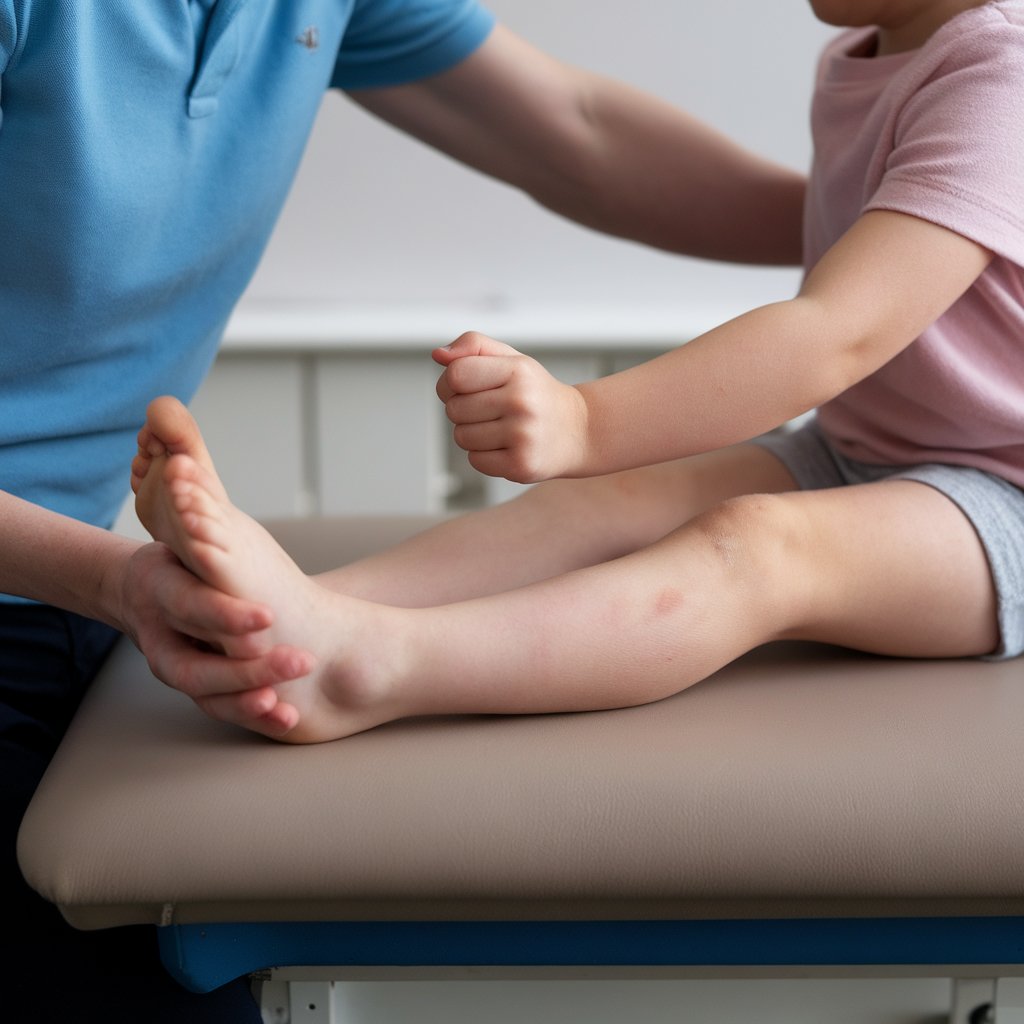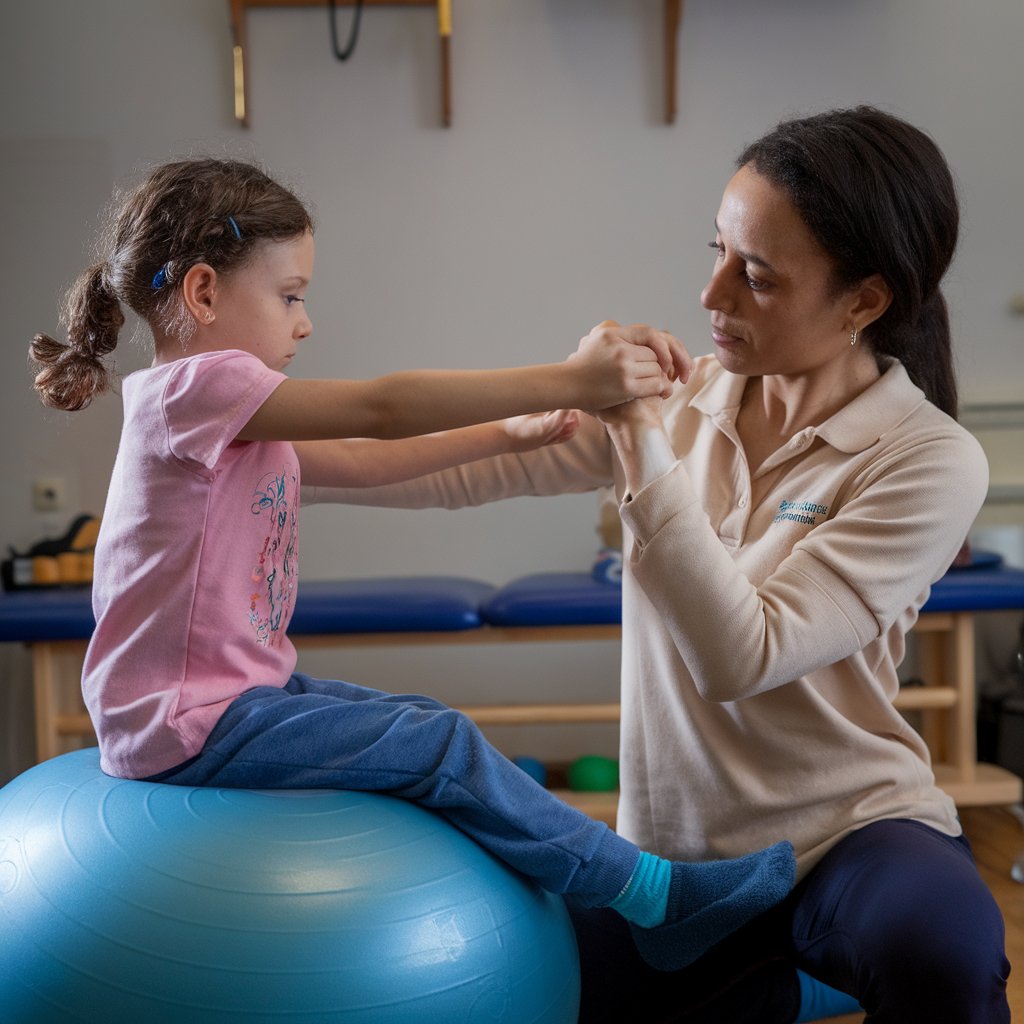A child’s signs of extra-flexible joints can affect how they move, play, and carry out everyday tasks. In the UK, professional input from paediatric physiotherapy and occupational therapy can greatly improve challenges linked to joint hypermobility in children. By focusing on promoting stability, building muscle strength, and enhancing coordination, therapy can help young people achieve important developmental milestones. At PT Kids, we understand how crucial it is for parents to find the right support for their child’s well-being. Our therapists aim to create positive experiences through tailored treatment plans, ensuring children retain joy in activity while improving their physical comfort and confidence.
Understanding Hypermobility of Joints in Children
Joint hypermobility, sometimes called joint hypermobility spectrum disorder, occurs when ligaments and connective tissues are more flexible than usual. This may make children appear “double-jointed,” leading to concerns such as joint pain, fatigue, or low muscle tone. In the UK, parents may also notice their child struggling to keep up with peers in playground activities. Recognising these characteristics early helps families seek proper support, including physiotherapy treatment for hypermobile joints.
Common Signs and Challenges
- Delayed or wobbly developmental milestones and mobility
- Excessively flexible joints leading to posture issues
- Persistent aches, especially in the knees or ankles
- Trouble maintaining grip strength (e.g., writing aids for joint pain may be needed)
Children with significant hypermobility might experience frustration if certain movements cause discomfort or fatigue. Physiotherapy for joint control can help children learn coping strategies that keep pain at bay while maintaining independence.
How Can Physio Help Joint Hypermobility?
Physiotherapists specialise in delivering targeted strengthening exercises for hypermobile joints. At PT Kids, we focus on muscle strengthening for joint hypermobility by utilising child-friendly methods, such as animal walk exercises for strength and low-impact exercise for joint support. We assess each child’s posture, and joint protection tips are introduced to ensure ongoing comfort. As part of a broader approach, orthotic support for joint alignment may be recommended to enhance stability and reduce strain on delicate tissues.

Tailored Treatment Approaches
- Core stability for children: Building a strong core helps support the spine and improve overall balance.
- Joint stability exercises: Simple movements using resistance bands or light weights help maintain proper alignment.
- Low-intensity tasks: Activities like swimming or cycling are excellent low-impact options that promote strength without placing excessive stress on the joints.
Our therapists also show families how to maintain progress at home using safe, fun routines. These routines are designed to fit into everyday life, making therapy an attainable, positive experience for all involved.
Supporting Everyday Activities
For children affected by hypermobility of joints, daily tasks such as dressing, running, or handwriting can sometimes present difficulties. Physiotherapy may introduce practical adaptations or suggest writing supports that ease joint pain. PT Kids addresses each child’s unique needs, ensuring they remain as active and comfortable as possible. This dual approach aims to boost a child’s confidence and social engagement at home or school.
Building Long-Term Strength and Confidence
Ongoing physiotherapy treatment for hypermobile joints involves more than immediate relief. Our therapists focus on gradually enhancing posture, flexibility, and endurance, helping children become more confident in their movements. By creating a calm and supportive environment, we also help children overcome fears associated with movement or discomfort, encouraging them to participate more freely in activities. Physiotherapy for joint control is combined with fun exercises to promote continued improvement. Over time, families often report improved joint stability, reduced discomfort, and a positive shift in a child’s self-esteem. By investing in evidence-based support, UK parents can feel reassured that they are taking the right steps to protect their child’s future well-being.

Conclusion
Joint hypermobility in children can create hurdles that affect everyday life, yet professional guidance can significantly reduce discomfort and frustration. By combining specialist paediatric physiotherapy and occupational therapy, PT Kids helps children gain stability, improve strength, and maximise their independence. Our team also provides expert physiotherapy for flat feet and knock knees, addressing common alignment issues that can affect balance and mobility. With gentle exercises, practical home advice, and encouraging feedback, youngsters build lasting confidence in their physical abilities. If you’re concerned about your child’s flexible joints, consider arranging a consultation at PT Kids. Our team supports your family every step of the way, promoting happier, healthier futures.




